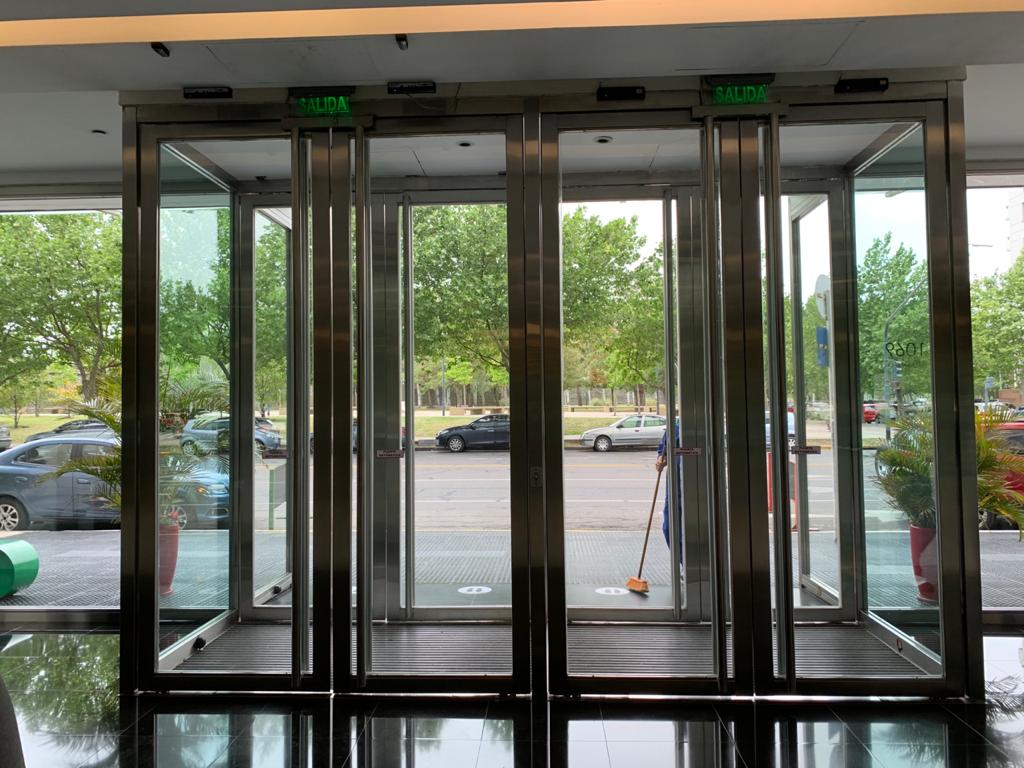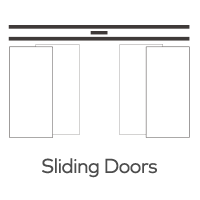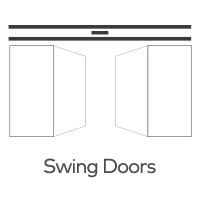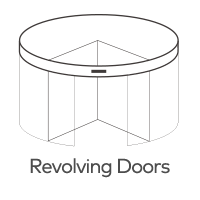What role do automatic revolving door sensors play in building design and accessibility considerations?
In the realm of modern architecture, the concept of accessibility is no longer an afterthought but an integral part of the design process. As the world becomes more conscious of creating inclusive spaces, architects and designers are incorporating innovative solutions to enhance accessibility. One such innovation is the automatic revolving door sensor, which plays a pivotal role in building design by promoting accessibility, energy efficiency, and overall user experience. This article explores the significance of automatic revolving door sensors in building design and their impact on accessibility considerations.

A History of Revolving Doors
Revolving doors have been around for more than a century, initially designed to provide a barrier against outdoor elements while allowing people to enter and exit buildings simultaneously. These doors were manually operated and often posed challenges for individuals with disabilities or mobility issues. The introduction of automatic revolving doors revolutionized this aspect of design.
The Role of Automatic Revolving Door Sensors
Automatic revolving doors incorporate sensors to detect the presence of a person, ensuring smooth and efficient entry and exit. These sensors come in various types, such as infrared, microwave, or pressure-sensitive mats. They play a multifaceted role in building design and accessibility considerations:
1. Enhanced Accessibility: Automatic revolving door sensors have greatly improved accessibility for all individuals. People with mobility impairments, parents with strollers, or those carrying heavy loads can easily pass through these doors without assistance. This inclusivity promotes the concept of universal design, creating a more welcoming and accommodating environment for all.
2. Efficient Traffic Flow: Revolving doors with sensors provide a steady and controlled traffic flow. The sensors ensure that the door keeps moving as long as someone is approaching or inside, and it slows down or stops when no one is present. This efficiency is particularly important in high-traffic areas, such as shopping malls, airports, and office buildings.
3. Energy Efficiency: Automatic revolving doors are known for their energy-saving benefits. The sensors prevent unnecessary air exchange between indoor and outdoor environments, reducing heating and cooling costs. This energy-efficient design aligns with sustainability goals, contributing to reduced carbon footprints and lower energy bills.
4. Safety and Security: Automatic revolving doors equipped with sensors prioritize safety and security. The sensors prevent overcrowding and reduce the risk of accidents or unauthorized entry. In emergency situations, the doors can be programmed to open immediately to allow for quick evacuation.
5. Aesthetic Appeal: Automatic revolving doors can be visually appealing and contribute to the overall architectural design of a building. They can be customized with various materials and finishes, making them an integral part of the aesthetic considerations during the design phase.
Architectural Integration
Integrating automatic revolving doors with sensors into building design requires careful planning. Designers must consider factors such as door size, the number of compartments, and the type of sensors that best suit the building's purpose. The architectural design should seamlessly incorporate these doors into the building's overall look and functionality.
Moreover, building codes and accessibility regulations must be adhered to, ensuring that the doors are compliant with the Americans with Disabilities Act (ADA) or the relevant accessibility standards in other countries. These regulations dictate the dimensions, clearance spaces, and ease of use for automatic revolving doors to accommodate individuals with disabilities.
Conclusion
Automatic revolving door sensors have become an indispensable feature in modern building design, catering to accessibility considerations, energy efficiency, safety, and aesthetics. Architects and designers are increasingly recognizing the importance of creating inclusive spaces that welcome all individuals, regardless of their physical abilities. By integrating automatic revolving doors with sensors, buildings not only meet accessibility requirements but also contribute to a more sustainable and user-friendly environment. As architectural technology continues to advance, these doors will play an increasingly vital role in shaping the future of accessible and efficient building design.







